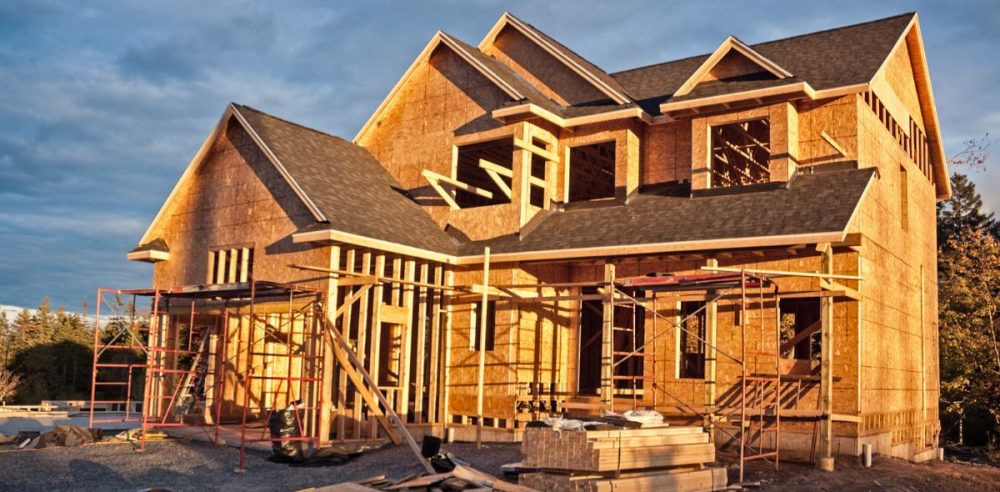U.S. homebuilder sentiment fell to a five-month low this month, driven by elevated borrowing rates and concerns over tariffs.
The gauge from the National Association of Home Builders (NAHB) and Wells Fargo slipped five points to 42, the lowest level recorded since September, and below forecasts by economists surveyed by Bloomberg. In particular, the component measuring expectations for the upcoming six months dropped 13 points to 46.
Other components, like present sales and prospective buyers traffic measures, similarly fell.
Despite the Federal Reserve cutting interest a full percentage point to 4.25%-4.5%, mortgage rates remain high. When the Fed began unwinding with an initial 50 basis point cut in mid-September 2024, 30-year mortgage rates in the United States averaged 6.09%. As of February 13, the 30-year rate stood at 6.87%, higher than before unwinding began, despite the Federal Funds rate typically influencing borrowing costs.
“While builders hold out hope for pro-development policies, particularly for regulatory reform, policy uncertainty and cost factors created a reset for 2025 expectations,” NAHB Chairman Carl Harris, a custom home builder from Wichita, Kansas, said in a statement, per Bloomberg.
Builder confidence was strong in the wake of President Trump’s election victory in November, buoyed by economic growth prospects and less burdensome regulations. However, borrowing costs persisted at elevated levels, hurting demand and, in turn, sending homebuilder stocks lower.
America’s largest homebuilder by volume, Dallas-based D.R. Horton, Inc., which trades on the New York Stock Exchange under the ticker DHI, has seen its share price drop sharply. Since mid-September, DHI has lost over a third of its value, falling nearly 36%. At the same time, the broad market represented by the S&P 500 has climbed almost 9%.
The prospect of potentially steep tariffs on imports has also hurt builder confidence. Come March, new levies are expected to kick in on goods coming from Canada and Mexico after the tariff implementation was recently delayed by 30 days.
“With 32% of appliances and 30% of softwood lumber coming from international trade, uncertainty over the scale and scope of tariffs has builders further concerned about costs,” said NAHB Chief Economist Robert Dietz, per Bloomberg.


